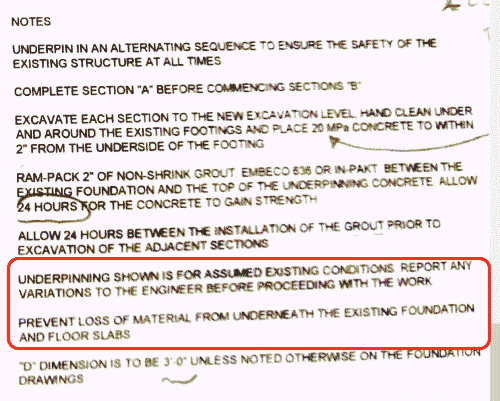I have an older home that requires an internal french drain in the basement around the perimeter to provide drainage. The walls are field stone ~ 7 feet tall that are parged on the inside. The base of the walls is ~ 3 inches from the top of the floor. So my concern with the french drain is undermining the soil foundation. I was going to underpin the wall with short ~ 14 inch tall x 18 inch wide piers ~ 3 feet long and got spooled up to do it, but I keep thinking that there may be a simpler solution to providing drainage and preventing undermining of the foundation walls since I am not lowering the basement floor and still providing the lateral restraint at of the floor. The attachments show the current condition and a couple ideas/options I was thinking about. I'd like to get any ideas/thoughts you may have.
I'm also curious to know how to calculate the active lateral soil pressure that would be seen by such an adjacent structure, that would govern the design.
I'm also curious to know how to calculate the active lateral soil pressure that would be seen by such an adjacent structure, that would govern the design.

![[idea] [idea] [idea]](/data/assets/smilies/idea.gif)
